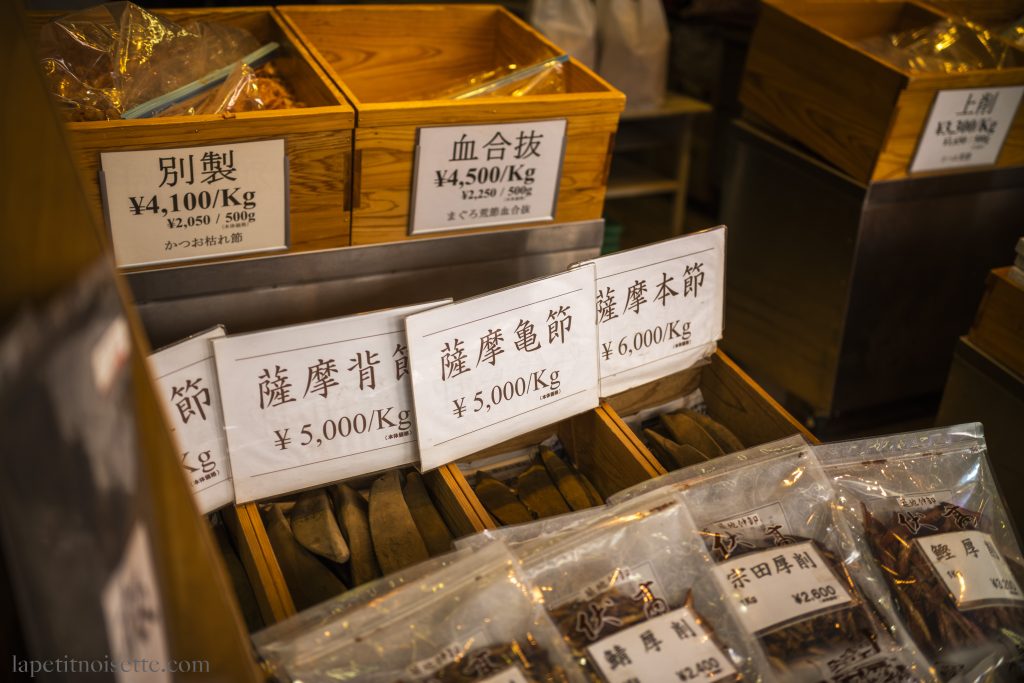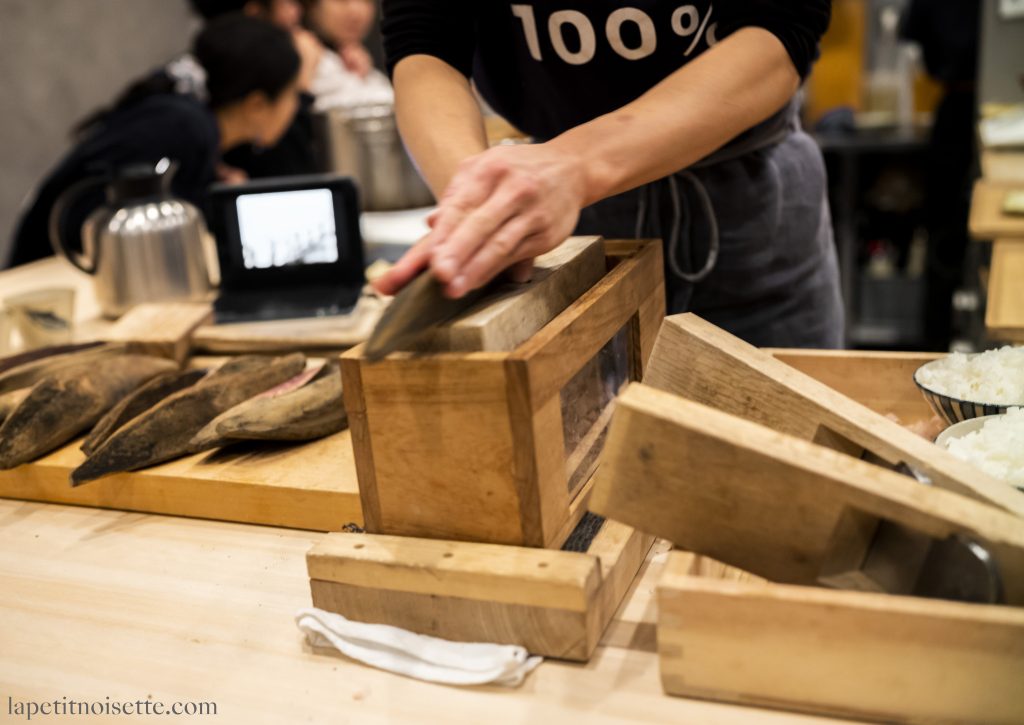All art and illustrations in this series and article have been contributed kindly by the lovely Linran, who can be found at https://linranjiang.info/

Katsuobushi, as a crucial ingredient in dashi, is the most ubiquitous ingredient in Japanese cuisine, and the foundation upon which other flavours are built. To make it, skipjack tuna (Katsuwonus pelamis) is first cleaned, then simmered, and finally repeatedly smoked and fermented into katsuobushi. In fact, it is one of the highest naturally occurring sources of glutamic acids, alongside kombu. It is these two ingredients that play an integral part of Japanese cuisine’s history, as they were long celebrated as the source of “Umami”, long before the western world adopted the term.

In this series of articles that will be published over the next few days, I will cover various topics regarding katsuobushi, with an in-depth explanation of the various aspects of katsuobushi production.
As with other projects in this website, these articles are works in progress. Any feedback is appreciated and can be sent to ph********@***il.com.
How Katsuobushi is Made (鰹節が出来るまで)
Different Parts and Types of Katsuobushi (鰹節の解剖学)
How to Shave Katsuobushi (鰹節) Using a Kezuriki (削り器)/鰹節のプロがこっそり教える削り方
Types and kinds of Katsuobushi
The different ways to shave Katsuobushi
Hatsu Katsuo (初鰹) and Modori Katsuo (戻り鰹), the highest quality Katsuobushi (鰹節)
Katsuobushi (鰹節) Storage and Care (保管方法)